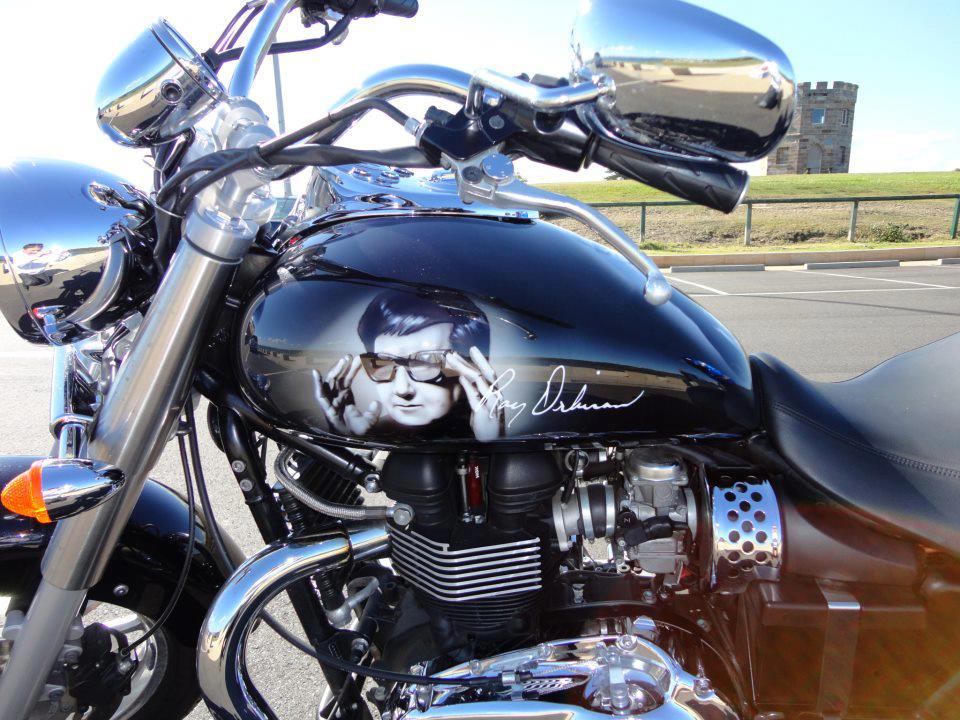



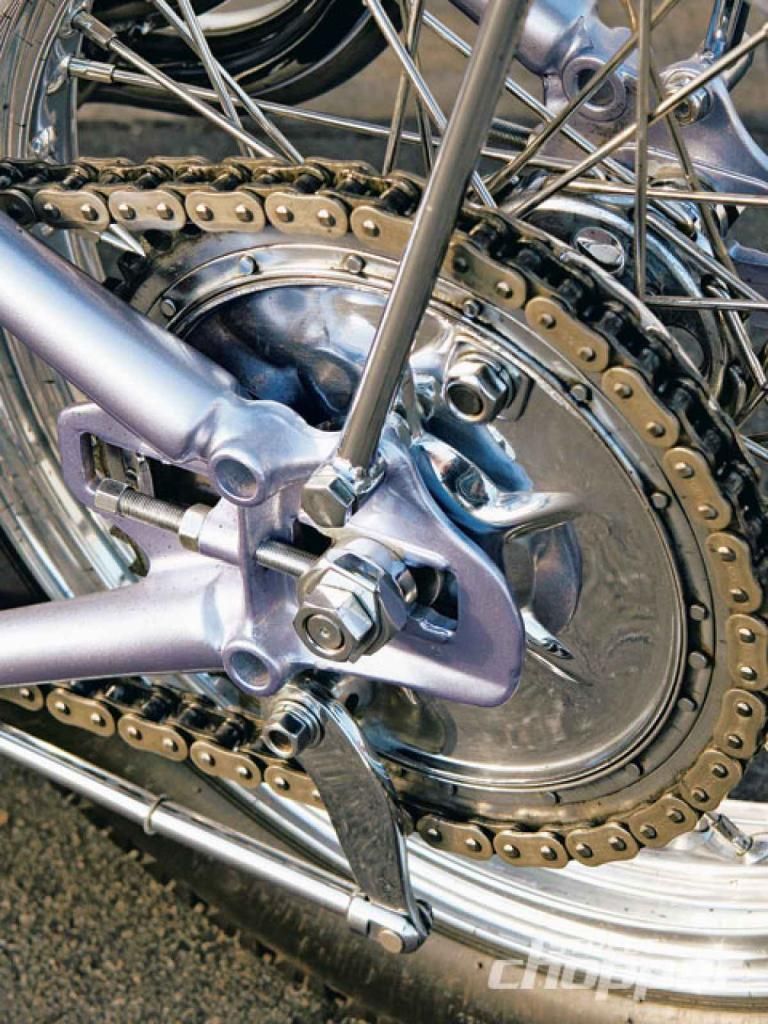

"Anti-lock Brakes On Motorcycles Prevent Crashes", is released by the Insurance Institute for Highway Safety (IIHS), Status Report, Vol. 45, No. 3.
The following is the Insurance Institute's (US) 2010 report on anti-lock brakes.
The best motorcycle crash is the one that never happens. One technology designed to reduce the chance of crashing is anti-lock braking. The Institute first reported on the effectiveness of motorcycle anti-locks in 2008. Now 2 new studies, one by the Institute and one by the affiliated Highway Loss Data Institute (HLDI), provide more evidence that anti-locks reduce fatal crash risk and lower insurance losses.
Stopping a motorcycle is trickier than stopping a car. For one thing, the front and rear wheels typically have separate brake controls. In an emergency, a rider faces a split-second choice to either brake hard, which can lock the wheels and cause an overturn, or hold back on braking and risk running headlong into the emergency. This is when anti-locks can help by reducing brake pressure when they detect impending lockup and then increasing the pressure again when traction is restored. Brake pressure is evaluated multiple times per second, so riders may brake fully without fear of locking up.
Institute researchers compared the fatal crash experience of anti-lock-equipped motorcycles against their nonanti-lock counterparts during 2003-08. The main finding is that motorcycles with anti-locks versus without are 37 percent less likely to be in fatal crashes per 10,000 registered vehicle years. Bolstering this finding is a separate HLDI analysis of insurance claims filed for damage to motorcycles. Bike models with anti-locks have 22 percent fewer claims for damage per insured vehicle year than the same models without anti-locks.
The frequency of claims for crash damage to bikes is 9 percent higher in urban areas with heavy traffic than in moderately congested locales. There were 13 percent fewer claims in the least populated areas than in medium-density ones. The effects of anti-locks on claims were estimated only after controlling for these and other factors.
Anti-locks are gaining traction among motorcycle manufacturers and wider acceptance among riders. More than half of motorcycle owners recently surveyed by the Institute said they'd get anti-locks on their next bike. Buyers can find them now on at least 60 new models.
"Motorcycle anti-locks do make a difference," says Institute president Adrian Lund, who also is president of HLDI (Hmm...). "They help make traveling on 2 wheels less risky by reducing the chance of overturning a bike and crashing. Passenger vehicles still are safer, but if you're going to ride we'd recommend getting a motorcycle with anti-locks."
My pan has a rear drum and no front brake. Maybe it's time I should consider up-grading my braking system.
Today in motorcycle history proudly supports the National Association for Bikers with a Disability (NABD). www.nabd.org.uk

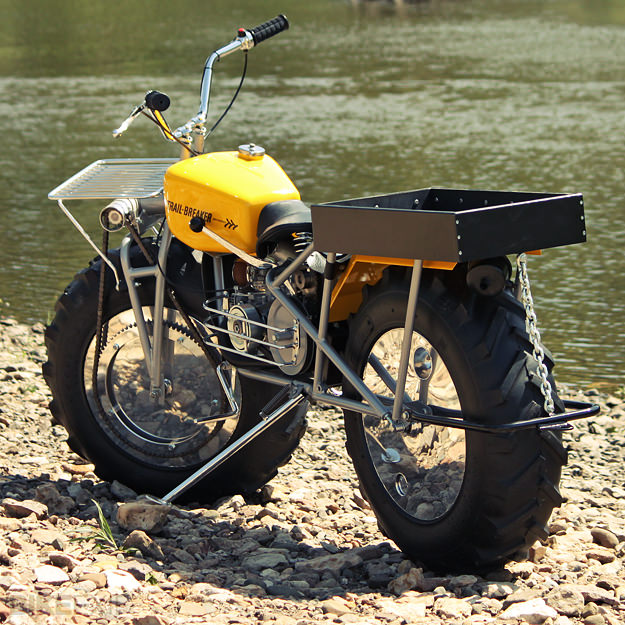






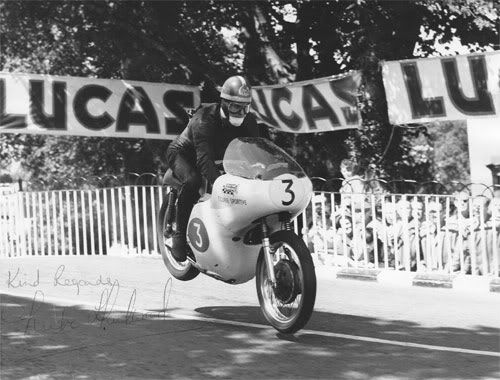

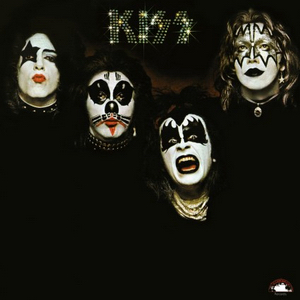











.jpg)
